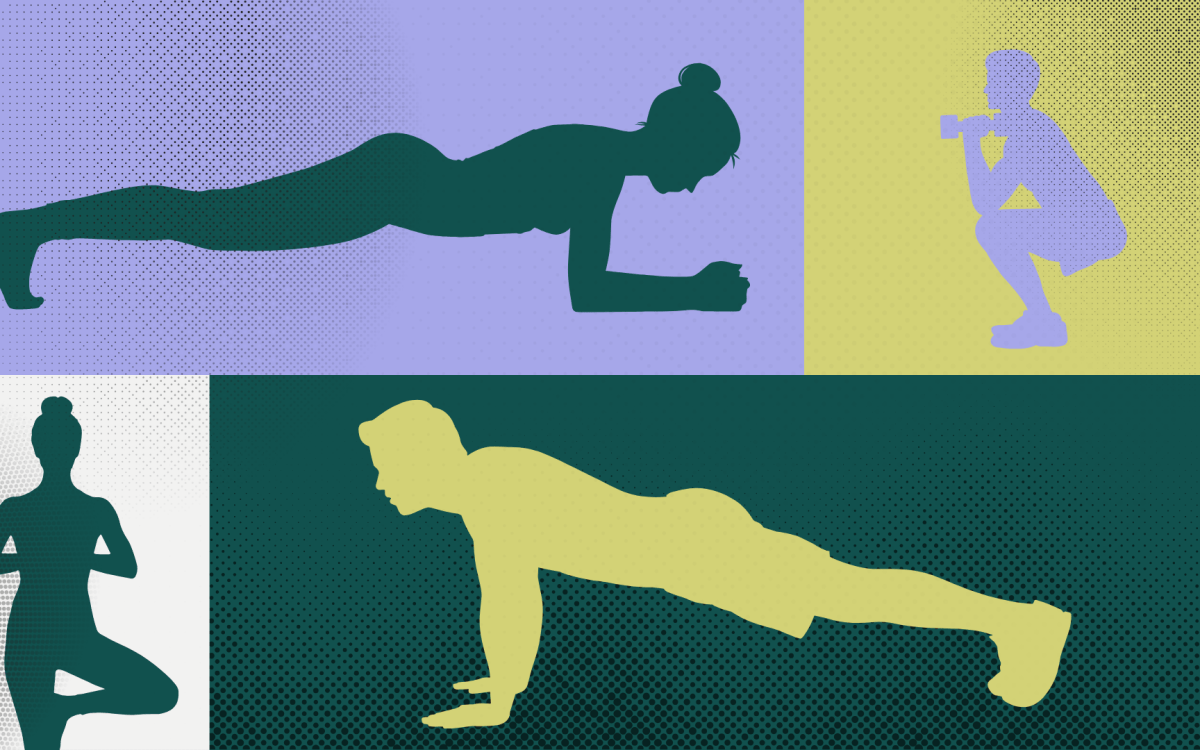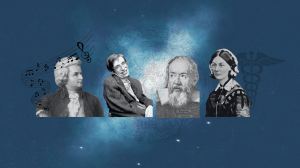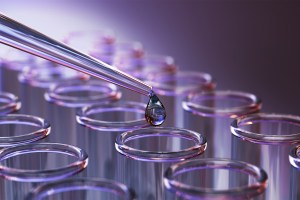Science & Tech
-
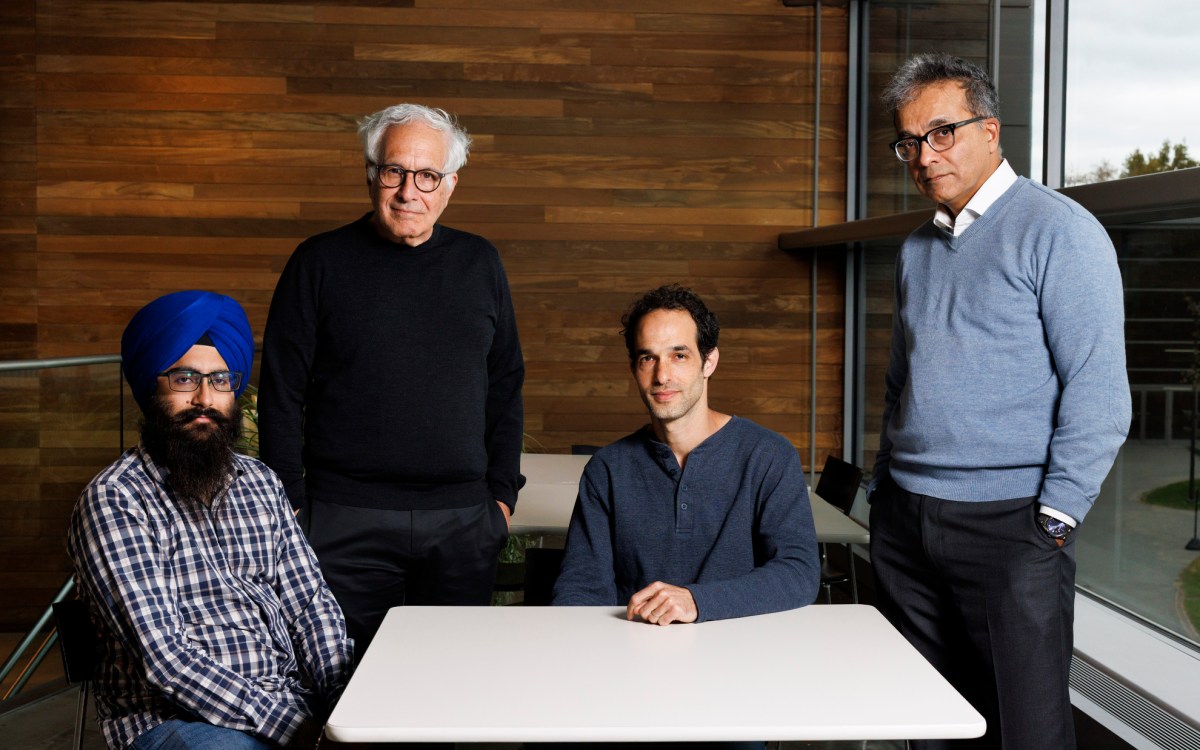
Want to speed brain research? It’s all in how you look at it.
New AI-enhanced scanning method promises to boost quest for high-resolution mapping
-

-

‘It just feels good when you solve the hard problems’
Why do students volunteer to take this notoriously difficult math exam? For the fun of it.
-
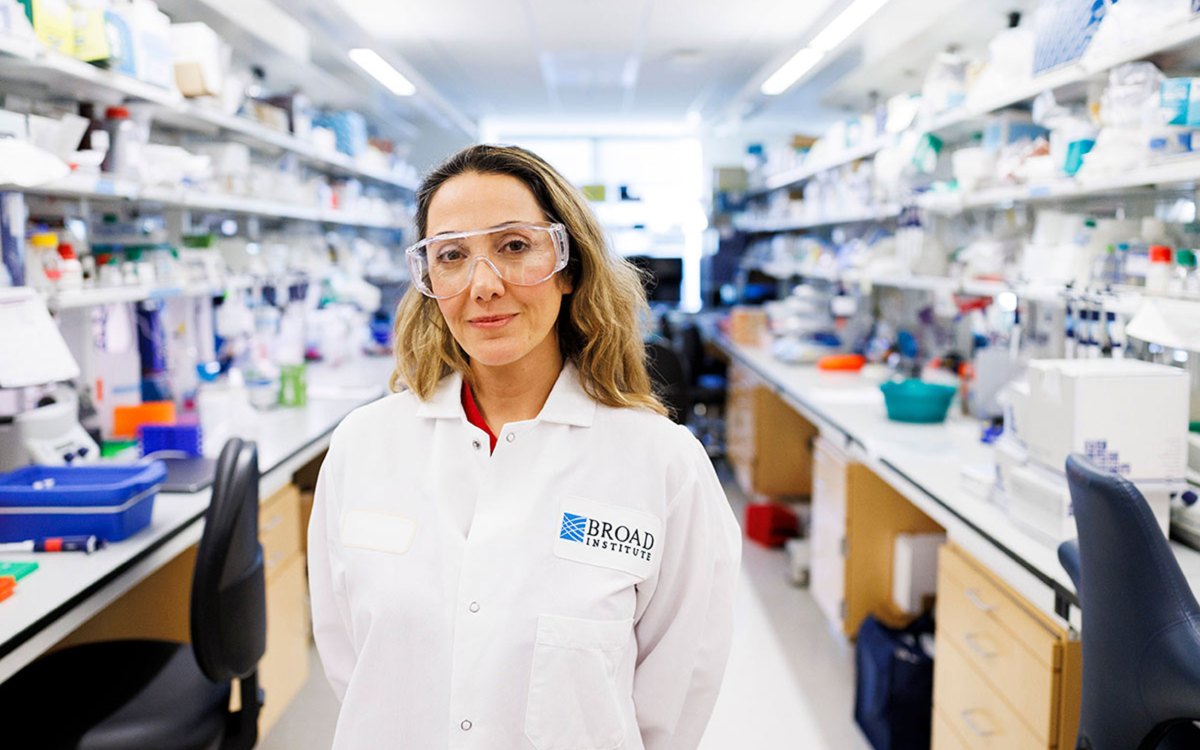
Stopping the next pandemic
Disease surveillance network faced ‘existential cliff’ despite proven success. Then came the $100 million.
-

Rethinking — and reframing — superintelligence
Microsoft researcher says separating AI from people makes systems dangerous and unproductive
-
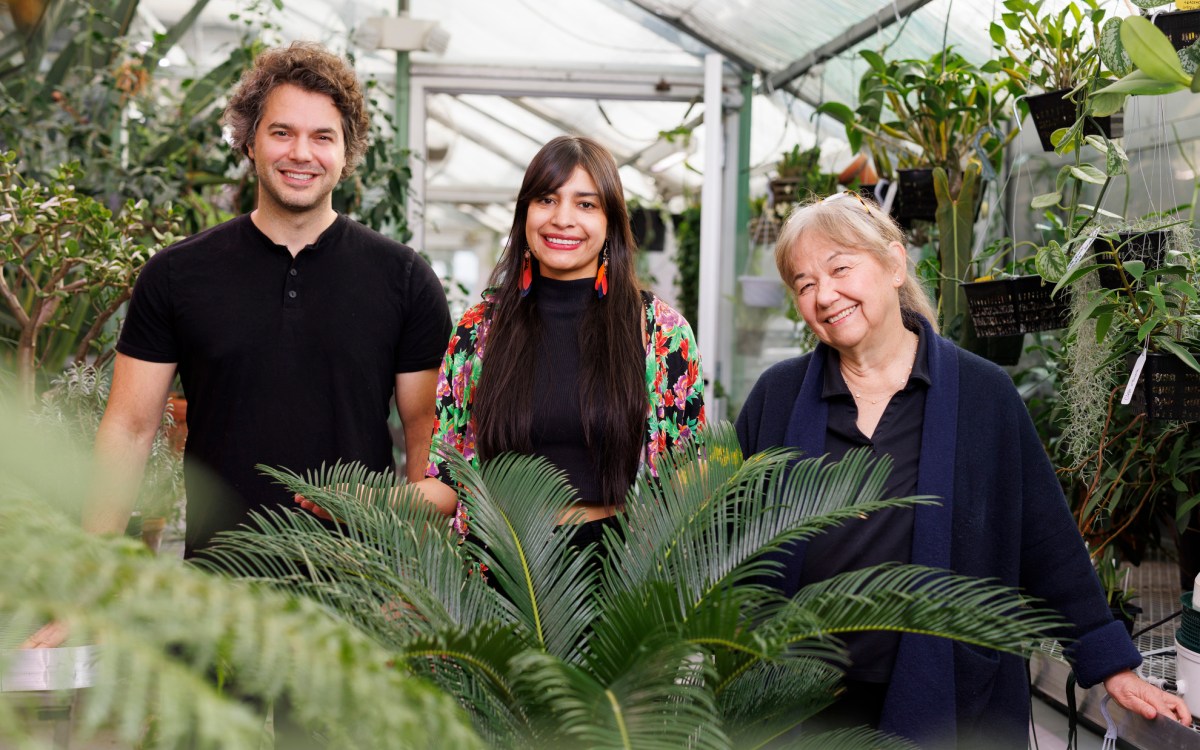
First, male gets heated up, then female, and then, you know
Study shows infrared radiation from plants serves as invitation to pollinating insects
-
From A to Zeega
Three Harvard affiliates nab a big new-media prize, and marvel at the University’s converging forces that mix the digital age with traditional scholarship.
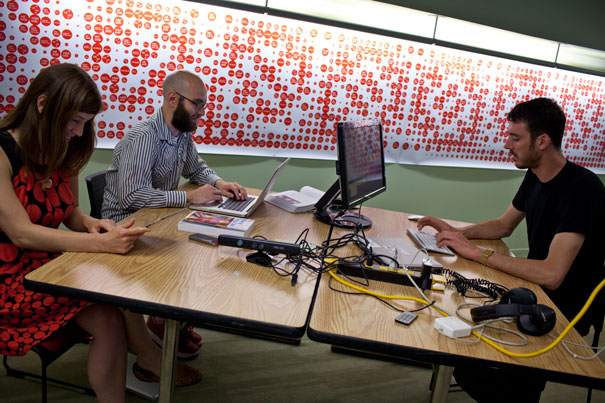
-
In the Arboretum, another world
The Arboretum is so serene and languid it can seem almost imaginary. On a warm summer day, dogs and runners and bicyclists all share the nearly silent space under the shade of giant and rare trees of odd shapes and sizes.
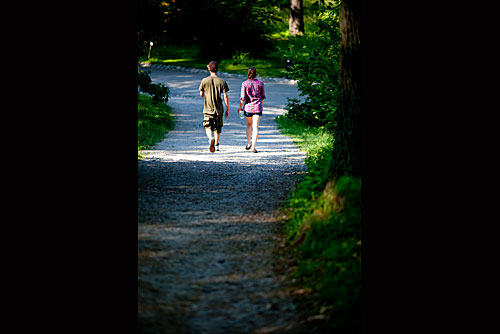
-
Hyper-public spaces
A symposium sponsored by Harvard’s Berkman Center for Internet & Society explored the design of public and private spaces in the digital realm.
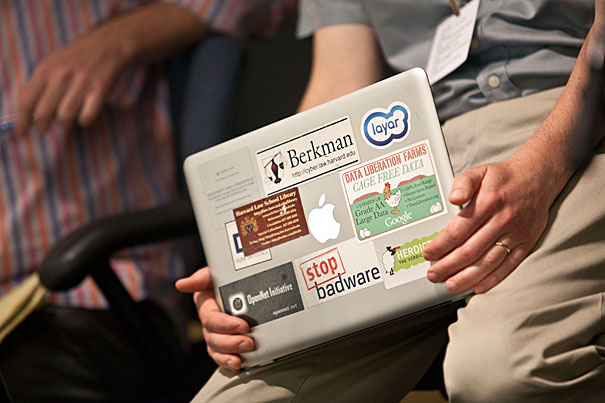
-
History shines through the glass
Researchers are examining the Harvard Semitic Museum’s collection of ancient glass for clues about the people who made it and their interactions with other societies through trade.
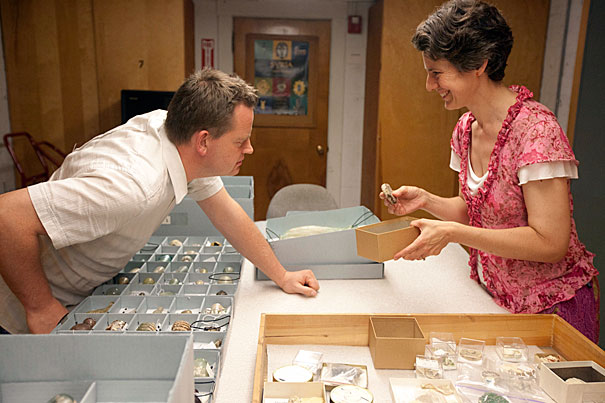
-
Tut, tut!
Ralph Mitchell, a Harvard professor and authority on cultural heritage microbiology, investigates “fingerprints” left on the walls of Egyptian King Tutankhamen’s tomb by ancient microbes.

-
Finding the genetic trail
Harvard Medical School researchers have traced the influence of genes from sub-Saharan Africa in European, Middle Eastern, and Jewish populations, quantifying the intermingling that occurred over many generations.
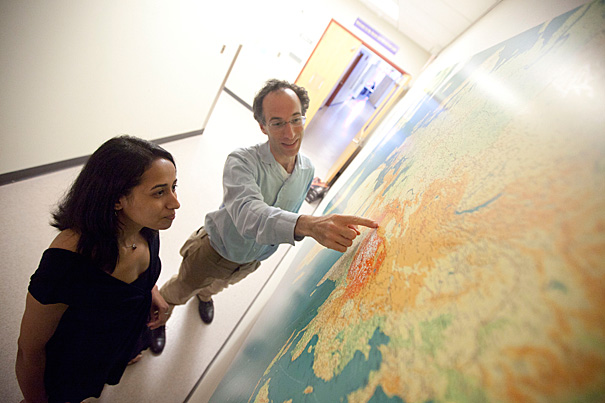
-
A supernova that’s super different
A researcher at the Harvard-Smithsonian Center for Astrophysics has uncovered a new way that stars end their lives, in a bright, fast explosion that appears different from the known characteristics of the stellar cataclysms called supernovas.
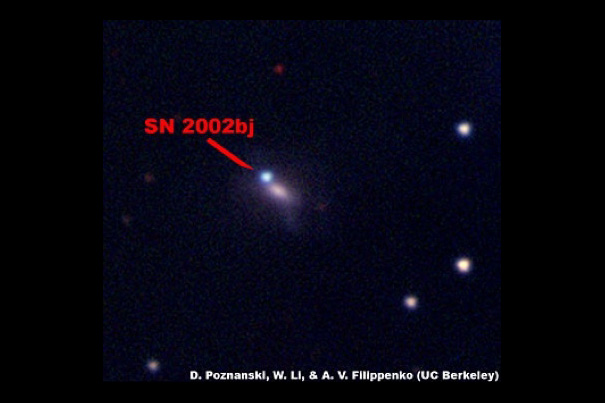
-
A school telescope, through the Internet
Astronomy Professor Alyssa Goodman is helping to bring astronomy to area schools, founding an “ambassador” program that combines with new software to provide an interface on the universe for students and researchers alike.
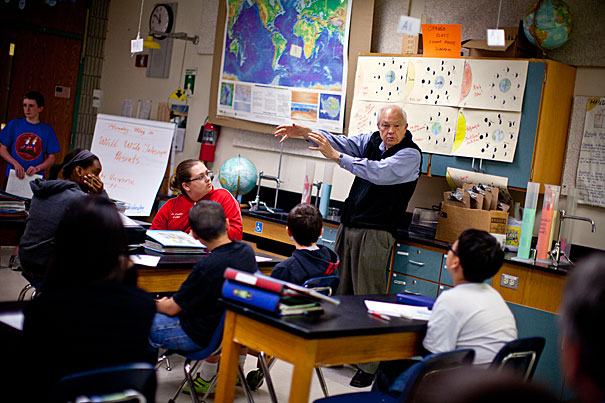
-
A walk through forests — without rain
New England forests are the focus of a new exhibit at the Harvard Museum of Natural History, funded by the largest donation in the institution’s history.
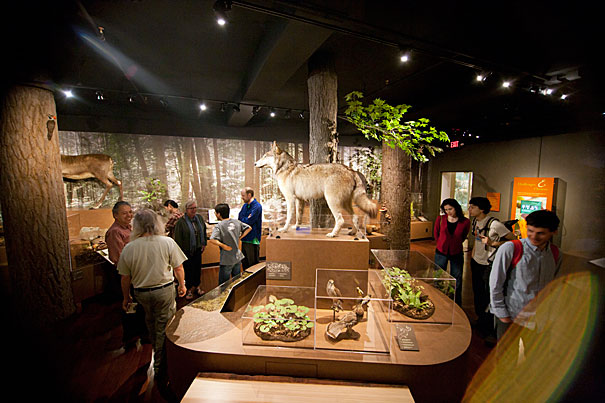
-
Deep knowledge
For their capstone project in the course ES 96: “Engineering Design Seminar,” 16 SEAS students conducted an analysis of the geothermal heating and cooling system that serves Radcliffe’s Byerly Hall.
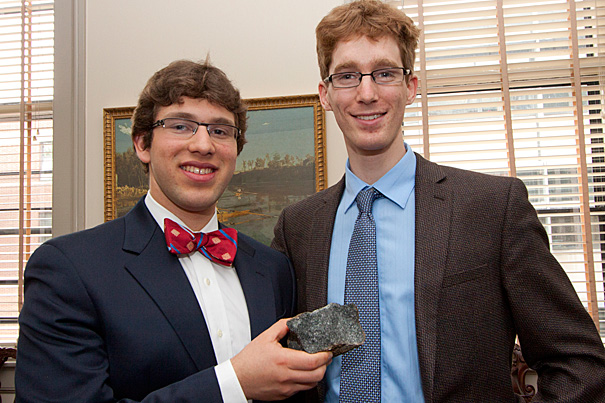
-
What is geothermal energy?
Geothermal energy is the natural heat that is stored deep underground (about 1,500 feet down, in the case of the wells at Radcliffe). While the seasons change above ground in…
-
Parenting in context
In her Fellows’ Presentation, Nancy E. Hill, the Suzanne Young Murray Professor at the Radcliffe Institute, discussed her research into socialization and cultural development in relation to parents’ interaction with children and how this interaction varies across geography, income levels, and ethnicity.
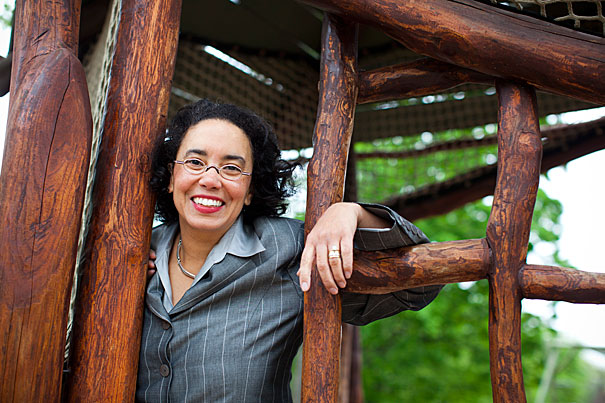
-
Holder’s mission
U.S. Attorney General Eric Holder on May 6 talked to a Harvard audience about youth exposure to violence as a public health issue — and the need for a public health response.
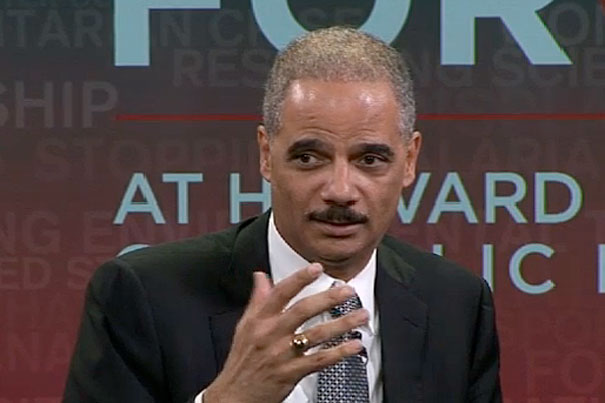
-
Turn off the Lights
A sustainability music video produced by Harvard University students Akshay Sharma ’14, Maura Church ’14 and Molly O’Laughlin ’11 in anticipation of Earth Day 2011. It was presented at Harvard’s second annual Green Carpet Awards sustainability celebration and recognition event. Miranda J. Morrison ’14 also assisted with writing the lyrics.
-
Ethics and genetics in the digital age
Two panel discussions, organized by the Harvard School of Engineering and Applied Sciences, examined the “promise and perils” of creating digital repositories of genetic records and considered the policy implications of an individual’s right to access, control, and interpret his or her own genetic data.
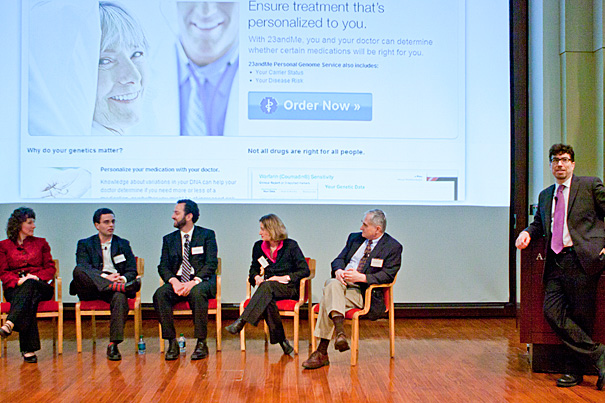
-
Evolution of ‘final solution’
Child victim of Nazi medical experiments recounts the horrors, in opening an exhibit that explores how physicians embraced the thinking and practices that became the Holocaust.
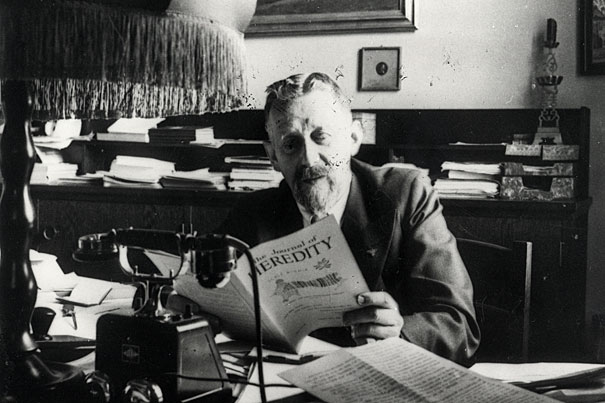
-
How fish swim
Scientists have long believed that sunfish, perch, trout, and other such bony fish propel themselves forward with the movement of their tails, while their dorsal and anal fins — the fins on their tops and bottoms — work primarily as stabilizers.
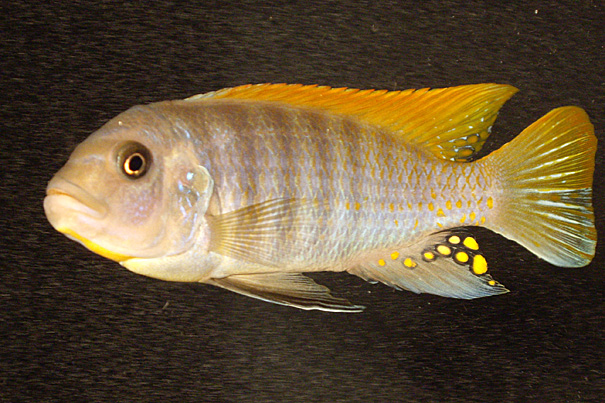
-
Climate change for the long haul
Human-induced changes to the Earth from emission of greenhouse gases are here to stay, with computer models showing that changes made by 2100 could take 1,000 years to decline.
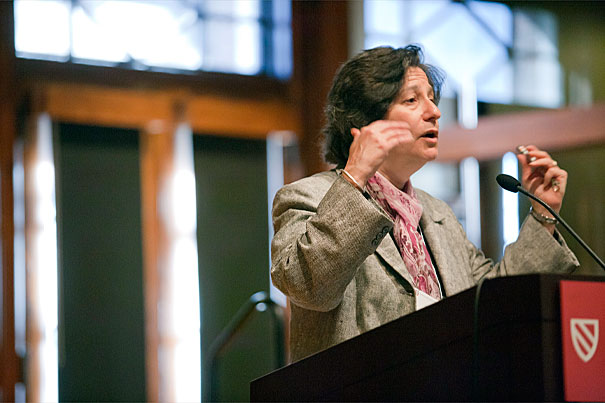
-
I Am My Filter and more
Students presented projects Wednesday (April 13) from the Idea Translation Lab, which pushes students to turn ideas into reality and sets them up to take the next steps in project development.
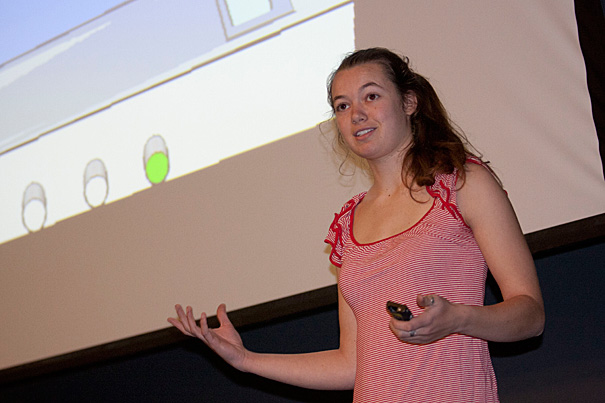
-
Learning to love the irrational mind
Just how much should we allow “human nature” to guide our politics — and our everyday decision making? Columnist David Brooks and a trio of Harvard analysts debated new findings on the unconscious mind during a panel discussion.
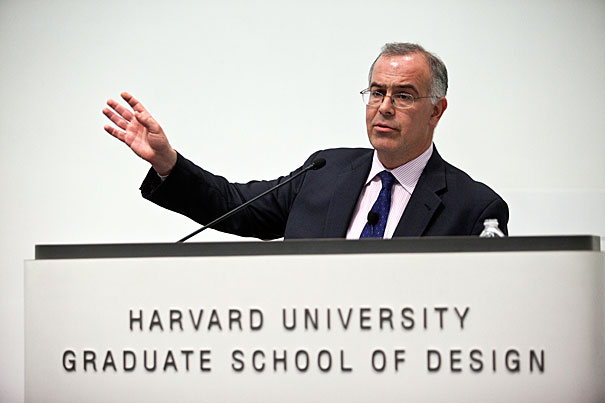
-
The ‘quantum magnet’
Harvard physicists have expanded the possibilities for quantum engineering of novel materials such as high-temperature superconductors by coaxing ultracold atoms trapped in an optical lattice — a light crystal — to self-organize into a magnet, according to an article in the journal Nature.
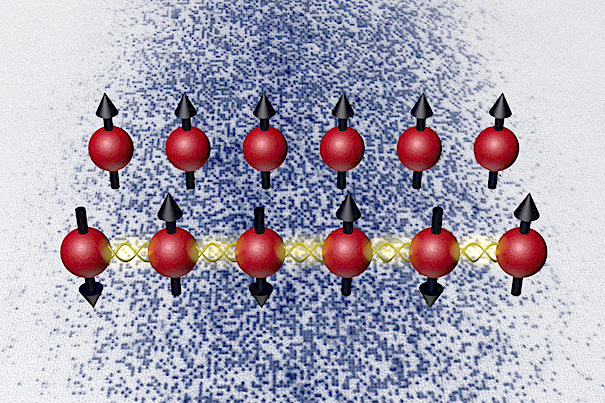
-
A match of climate and history
Professor Michael McCormick has been working with tree-ring experts, bringing the perspective of long-ago writings to understanding environmental conditions.
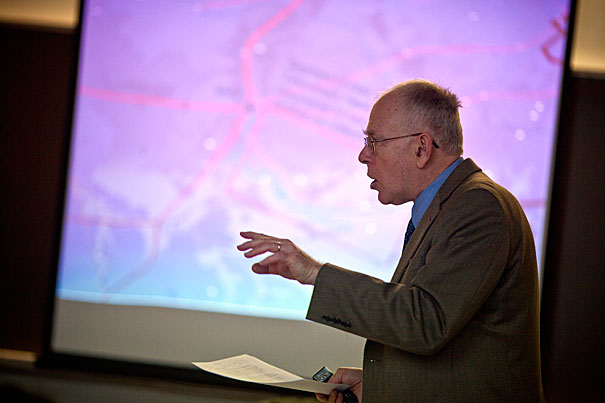
-
Regimes won’t halt climate change
Jeffrey Sachs, director of Columbia University’s Earth Institute, says the world should stop waiting for governments to solve the global warming problem. He called on academics to band together to find workable solutions.
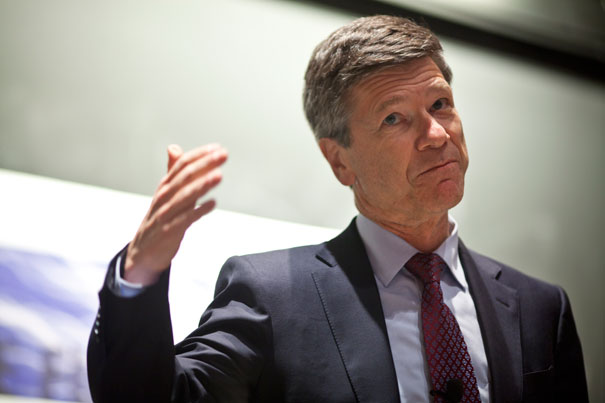
-
Fuel cell breakthrough
Scientists at the Harvard School of Engineering and Applied Sciences and SiEnergy Systems LLC have demonstrated the first macro-scale thin-film solid-oxide fuel cell. This is the first time a research group has overcome the structural challenges of scaling up the technology to a practical size with a proportionally higher power output.
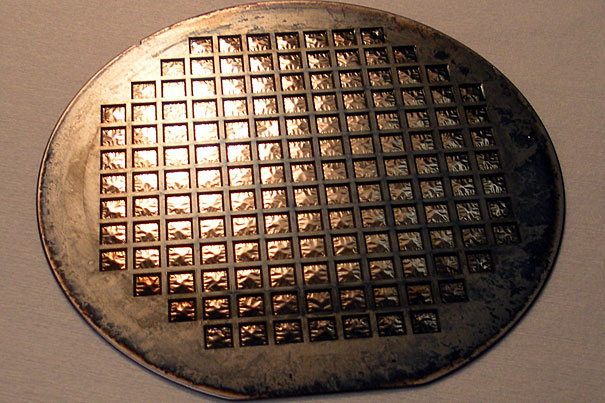
-
Tracking your friends and idols
Two Harvard undergraduates have developed a website called Newsle that tracks news of Facebook and Linked In contacts.
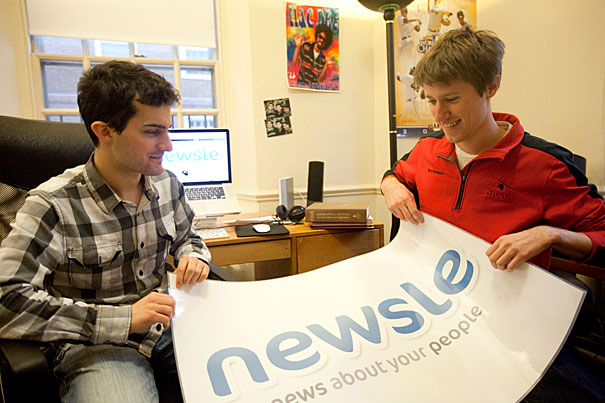
-
How the lily blooms
SEAS research has revealed that differential growth and ruffling at the edges of each petal — not in the midrib, as commonly suggested — provide the force behind the lily’s bloom. The work contradicts earlier theories regarding the growth within the flower bud.

-
A quake data clearinghouse
Within hours of the massive earthquake that struck Japan on March 11, Harvard’s Center for Geographic Analysis had launched a web-based data clearinghouse, the Japan Sendai Earthquake Data Portal, to provide a site where disaster responders can find needed information.
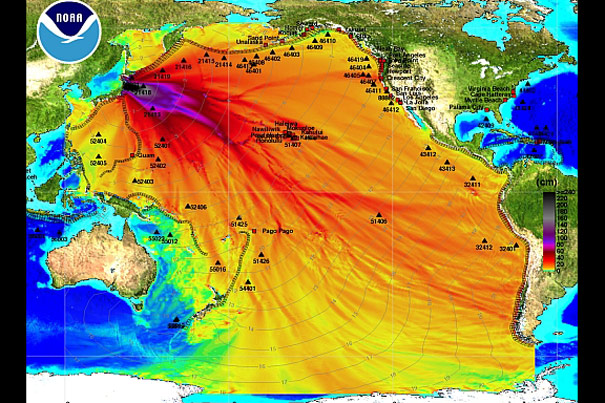
-
Student projects win $50,000 in grants
Student entrepreneurs at Harvard have won $50,000 in grants to support further development of innovative ventures in the Harvard College Innovation Challenge.

-
Chen wins Lemelson-MIT Prize
Graduate student Alice A. Chen received the prestigious $30,000 Lemelson-MIT Student Prize on Wednesday (March 9) for her innovative applications of microtechnology to study human health and disease.
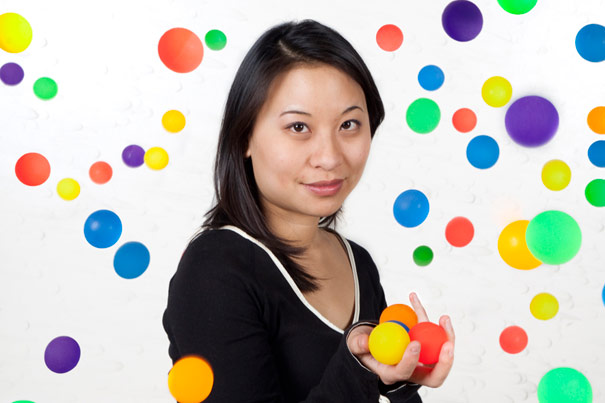
-
Harvard Medical School researchers crawl a neural network
Scientists can finally look at circuits in the brain in all of their complexity. How the mind works is one of the greatest mysteries in nature, and this research presents a new and powerful way for us to explore that mystery.
